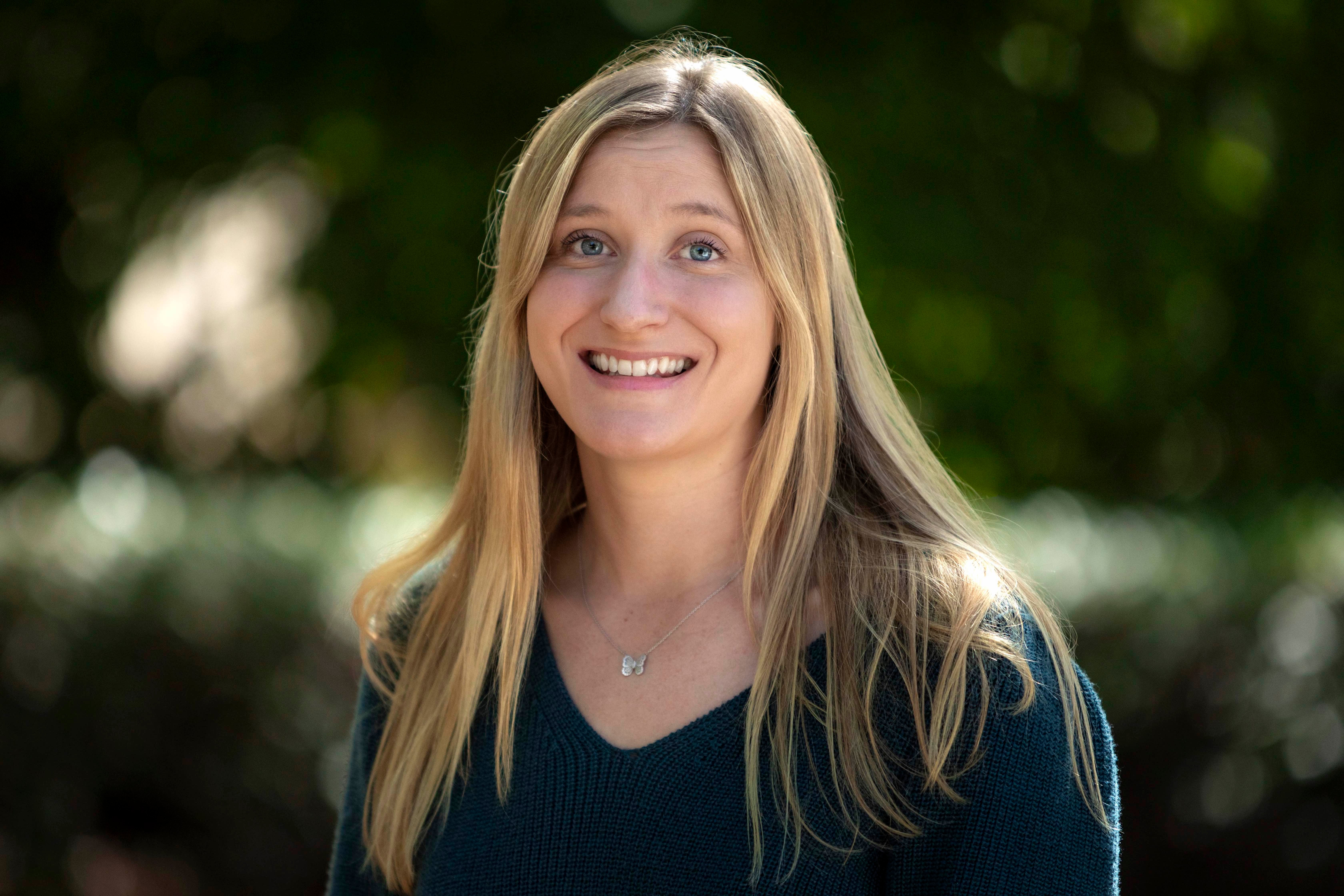One Million High-Resolution Aerial Photographs Capture Africa’s 20th-Century Transformation

Professor Druckenmiller pioneers innovative uses of data to inform more effective protection of natural resources. I'm excited to hear how she has drawn upon millions of historical, aerial images to improve our understanding of environmental changes in Africa over the past century.
—Robert Heilmayr, Associate Professor, Bren School
This seminar will be presented in person only; there will be no live remote viewing available. Please join us in Bren Hall 1414.
ABSTRACT
There is extremely limited quantitative data publicly available describing conditions across most of Africa prior to the 1980s. Large-scale administrative surveys and satellite imagery later filled this void, but before those efforts, little material is available to researchers beyond hand-drawn maps that are limited in coverage and focus primarily on populations and resources that interested colonial governments. Here, we assemble the first large-scale and high-resolution dataset of conditions across 19 African countries from the 1940s to the 1980s. Specifically, we digitize, merge, and georeference a unique archive of 1 million aerial photographs that were collected by a British government mapping unit, initially as part of the process of mapping the British Empire. This new data set of photo mosaics provides an unprecedented opportunity to directly observe vast regions of Africa during a period of major social and environmental transformation. We demonstrate the utility of these new data by using them to document the shrinking of Lake Chad and rapid urbanization across the continent.
BIO
I am an Assistant Professor of Economics and William H. Hurt Scholar at the California Institute of Technology (Caltech). I am also a Faculty Research Fellow at the National Bureau of Economic Research (NBER), University Fellow at Resources for the Future and an affiliate of Caltech’s Linde Center for Science, Society, and Policy. My research aims to provide empirically based estimates for the environmental benefits and economic costs associated with natural resource protection. For example, I have work quantifying the flood mitigation value of natural lands, developing new approaches for accounting for ecosystem services in climate policy, and identifying cost-effective climate adaptation solutions. I also have a strong interest in developing novel data and methods to enable progress on historically intractable problems in these areas of research.